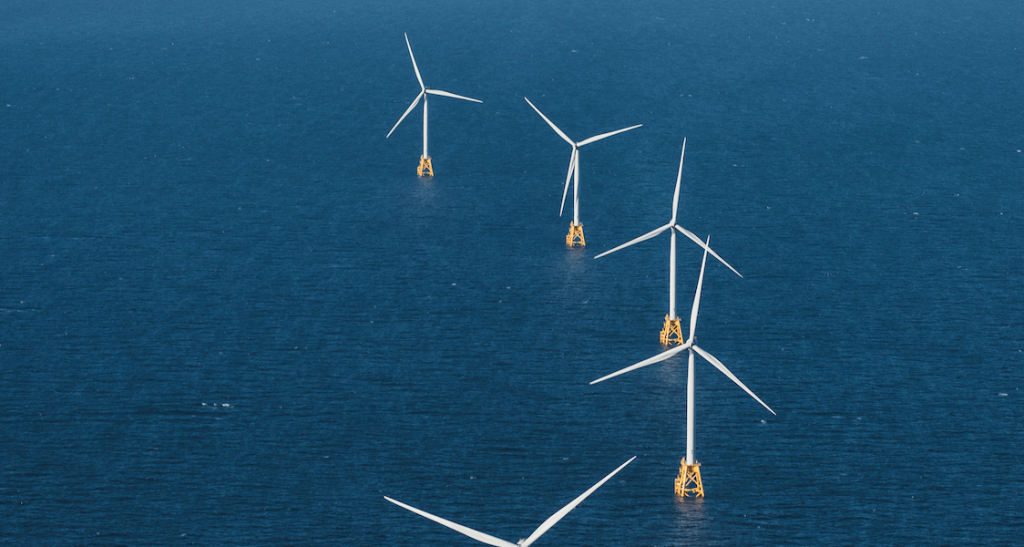COURT HOUSE – One of the major selling points for New Jersey advocates of the state’s offshore wind initiative is that it gives the state a leadership position in an important emerging industry, bringing with it high-paying jobs and significant economic returns.
Now, the Sweeney Center at Rowan University is calling on Trenton to do more to preserve the state’s “first mover advantage.” A center press release warns that the state is in danger of “being left behind in the competition for offshore wind jobs and economic growth.”
The Sweeney Center was established in 2022 in Rowan’s College of Humanities and Social Sciences. It is named after past state Senate President Stephen Sweeney.
From the outset, the center has been an advocate for the offshore wind initiative. The center hosted a conference on offshore wind technology May 3.
Now, the center has released a study that warns that the great economic benefits of offshore wind may be poached by other states, leaving New Jersey with an unfulfilled dream.
The report brings a focus to the Paulsboro Marine Terminal facility in Gloucester County and the New Jersey Wind Port being built in Salem County. These facilities are supposed to be at the heart of the in-state construction of materials for the offshore wind farms.
The Paulsboro facility is already producing monopiles to serve as foundations for the massive wind turbines. The facility, EEW AOS, is a partnership of the Danish firm Ørsted and German manufacturer EEW. The Salem facility is being built by the New Jersey Economic Development Authority.
According to the report, the partnership company, EEW AOS, is already a full year behind schedule. Investment is needed and one major hold-up appears to be Trenton.
At issue are federal offshore wind tax credits created by the 2020 Stimulus Act and the more recent Inflation Reduction Act. Ørsted is arguing that legislation that would allow EEW AOS the use of the tax credits would go a long way in helping to offset the negative impact of recent runaway inflation on the original cost estimates.
Meanwhile, other states in the region have moved to allow use of the tax credits, including New York. The competition is heating up, says the report, and Trenton is not taking aggressive action.
Atlantic Shores I has recently signed a contract with EEW AOS, but the benefits are dependent on an expansion of the facility that is less likely to take place without some give on the tax credit issue.
In the report, Tim Sullivan, chief executive officer of the New Jersey Economic Development Authority, put it simply, “The question facing New Jersey is whether we want to lead, follow or be left behind.”
Currently, New Jersey’s target of 11 gigawatts of electricity produced by offshore wind by 2040 is the highest on the East Coast. That does not guarantee the state a premiere position in the manufacture of components. The report argues that competition among the states is intense.
The report states, “Whether New Jersey can succeed in its goal to make Paulsboro the dominant domestic monopile manufacturer and the New Jersey Wind Port the preferred staging area for offshore wind farms up and down the Atlantic coast remains to be seen.”
Sweeney Center Director Mark Magyar said, “What is at stake is the future of the EEW AOS monopile plant, which was the first private sector investment in creating a U.S.-based manufacturing industry to supply the offshore wind industry.”
For Steve Sweeney himself, the issue is clear, “With New York allowing Ørsted to use federal offshore wind tax credits, we need to do the same.”
The report makes the case that for those who have been advocates and supporters of offshore wind, the issue now is ensuring that the state reaps the onshore economic benefits of its early leadership position.
Contact the author, Vince Conti, at vconti@cmcherald.com.







